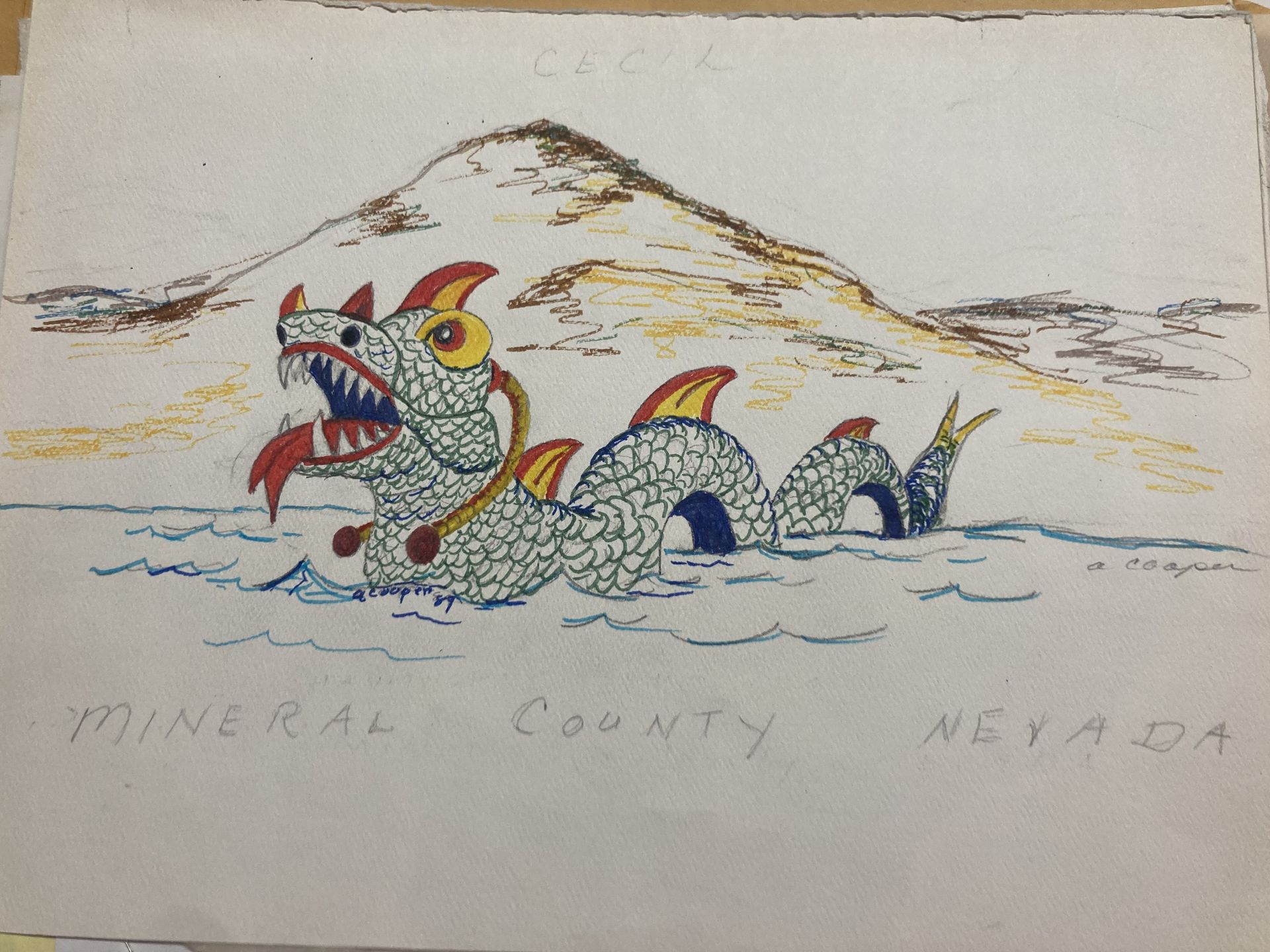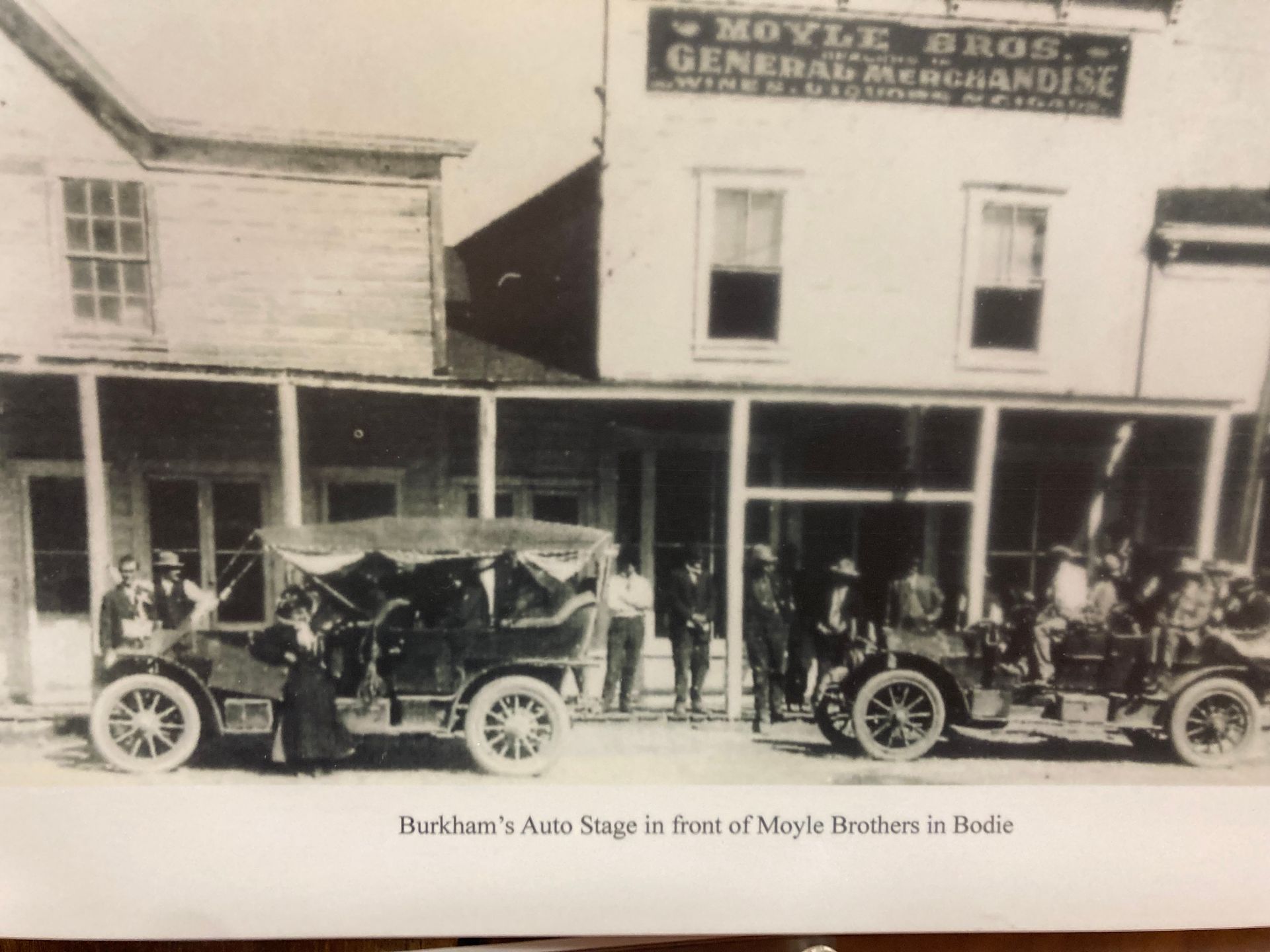
FEFerminia Sarrias
March is Women’s History Month. It is an annual observance to highlight the contributions of women’s events in history. In this article we will focus the women who did something unusual in their time. Many women from the mid 1800’s till the turn of the century, came to the West in hoping to find work. Many just wanted to work in hotels as maids and ended up in prostitution. However, there were a lot that were brave to take on something that was not expected of them, such as propecting. There are so many to pick from it is sometimes hard to narrow down the choice. But for now, the focus will be on Ferminia Sarras, a prospector, the Copper Queen.
She was born in Nicaragua in July 1840 to an elite family. She came to the United States when she was 36 years old with four female children in tow. Without her husband Pablo Flores. She arrived in San Francisco and married a man name Julius Thomasson, a miner. From there she moved to Candelaria a very desolate dry mining town in Nevada( Esmerelda County, now Mineral County) without her husband. He seemed to play no further part in her life. Ferminia left her two youngest children in an orphanage, but only temporarily while she headed to the desert, she felt it would not be beneficial for her children to be in such a harsh environment. When Feminia turned forty-one she gave birth to her fifth child a boy named Joseph A. Marshall.
Ferminia prospecting was done mostly in the hills near Luning Nevada. Although she did try her luck in Virginia City, Silver Peak and a few other places. She usually went out alone, which was unheard of in that time. She not only survived, she thrived. However, she did have another side to her, she would go to San Francisco and buy herself fancy dresses, stay in a nice hotel and wine and dine herself until the money ran out then she would go back to work in the mines. She gave birth to seven children and married multiple times. She had many lovers in her lifetime and it is unclear who she was legally married to. Even on her deathbed, she insisted that her heirs continue working the mines. Which lasted up to three generations.
The town of Mina Nevada was believed to be named after her, but some say no, it was named after a railroad head’s daughter named Mina. Ferminia Sarrias is buried in Luning Nevada and you can visit her grave.
Most of this article’s information came from the book” A Mine of Her Own”, by Sally Zanjani. Chapter two has a nice biography on her.
Mineral County High School


